Amethyst Uncovered: A Jeweler’s Expert Guide to Finding the Perfect Gem
I’ll admit it up front: purple rarely makes my personal shortlist, whether in a gemstone parcel or my own closet. Even so, amethyst – the violet member of the vast quartz clan – has earned a level of reverence I can’t ignore. Its availability, generous size options and centuries-deep lore keep it perennially popular . Respect for the stone is simply part of the job description when you work at the bench.
What you’ll learn
How colour, clarity, cut, carat and origin drive price; why lavender, green and yellow-toned variants differ in demand; today’s retail tiers from entry-level to collector-grade; hidden risks; a quick plunge into historical lore and legendary jewels; straightforward cleaning & storage rules; and when another purple stone – sapphire, tanzanite, spinel – or even a lab-grown alternative could be the wiser pick.
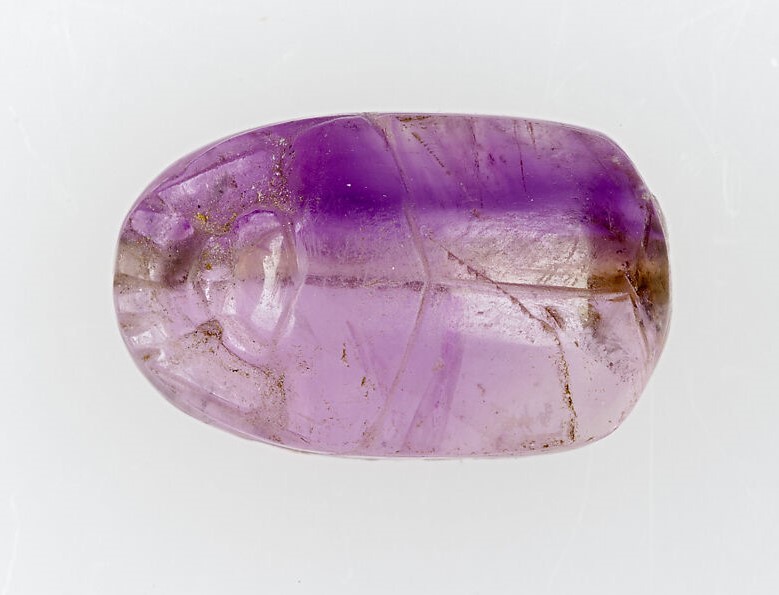
What Amethyst Is
Amethyst is simply the purple branch of the quartz family. Trace iron plus natural radiation give the purple shades; additional heat can shift that purple toward leek- green prasiolite, honey-gold citrine, or even bi-colour ametrine.
Heat treatments and irradiation can change the colour palette further. Only stones that stay in the lilac to deep-purple range are still called amethyst – once they turn yellow or reddish-orange, they’re considered citrine, just another colour of quartz.
Citrine in brief – Natural citrine spans pale lemon through rich Madeira-orange and commonly hails from Brazil, Madagascar and Bolivia. Because untreated material is scarce, most commercial citrine is heat-enhanced amethyst. Prices sit in the US $4–30 per carat range, driven mainly by colour depth and clarity rather than rarity. If you prefer a warm, golden palette but like the durability and affordability of quartz, citrine offers an easy swap – with the same 7 Mohs hardness and straightforward care routine described later in this guide.
Refractive index ~1.54, hardness 7, so it stands up to daily wear but will scratch next to sapphire or diamond.
Colour Palette & Typical Prices
| Name / Colour Grade | Colour | Typical retail price (USD/ct, 2025) | Notes / Buying Tips |
| Deep “Siberian” Purple | Royal purple with flashes of red and blue | $50–100+ | Benchmark mix: ~80% violet / 20% blue, with a red flash; rare in fine clarity |
| Bluish-Lavender (Madagascar) | Cool violet with a gentle blue tint | $15–40 | Often eye-clean; mainly mined in the Antsirabe region |
| Red-Purple (North Carolina) | Rich purple accented by subtle red tones | $25–60 | Limited production; prized by American collectors |
| Classic Brazilian (Bahia) | Medium purple to reddish brown | $5–30 | May show colour banding; large, affordable crystals |
| Grape / Zambian | Even, slightly bluish purple | $20–100 | Strong colour saturation with fewer inclusions; excellent value |
| Lavender / Rose de France | Pastel lilac with high transparency | $2–25 | Commercial name for pale lavender-to-pink stones |
| Green Prasiolite | Soft mint to leek-green | $20–100 | Heat-treated quartz; often misleadingly sold as “green amethyst” |
Quality Checklist: What to Look For
- Colour – Prioritise saturation that’s neither too dark nor too grey; lavender, green and yellow-tinged pieces rely on purity and brightness rather than depth.
• Climate tip: In sun-drenched regions almost any depth of colour – even very dark “royal” tones – will stay vibrant. In northern or frequently overcast climates, opt for brighter, lighter stones so the hue reads well whatever the weather. - Clarity – Eye-clean is enough; silvery “zebra” veils drop brilliance. Also watch for internal fractures or edge chips – large stones are rarely flawless, but obvious defects can usually be spotted without magnification.
- Cut precision – Watch out for the so-called “Asian cut,” a weight-driven style common in India, Sri Lanka and Thailand that favours thick girdles and a heavy pavilion spike (“nail”), sacrificing brilliance for carat weight. For the best optical return choose balanced proportions: classic diamond-style brilliants, cabochons, sugar-loaf domes, or a crisply executed Portuguese round or cushion – all of which flatter amethyst by spreading colour and light. Temperature tolerance also plays a role – quartz handles heat better than softer gems, which makes more ambitious or experimental cuts like sugarloaf or fantasy-style carving much safer to execute.
- Origin & ethics – Major commercial sources now include Zambia, Madagascar, Brazil, Bolivia, Uruguay, India, and smaller deposits across Africa, Asia, and North America. Because quartz is abundant and often mined from low-impact secondary deposits, amethyst rarely appears on “conflict gem” watchlists. Still, small-scale artisanal workings in parts of Brazil and Africa may operate without formal labour or environmental oversight. If provenance matters to you, look for suppliers that provide mine-to-market paperwork or hold certification from bodies like the Responsible Jewellery Council (RJC).
- Treatment disclosure – Heat treatment is fine if declared; fracture-filled stones age poorly.
Custom Cutting
Thanks to its global availability and affordability, amethyst is one of the most accessible stones for experimentation. Whether you’re working with a large supplier or a private gem-cutter, it’s almost always possible to source rough in unusual sizes, colours, or optical effects. That makes it ideal for:
- or asking for rose cuts, trap cuts, step cuts or sugarloafs that would be prohibitive in rarer materials.
- creating hand-engraved intaglios or cameos,
- commissioning custom cuts or fantasy shapes,
- ordering matched pairs or suites for sets,
Risks & Practicalities
- Colour fade – Prolonged UV or 150 °C+ heat can bleach purple, green and yellow zones alike. Store away from windows, remove before sauna or soldering.
- Prasiolite naming – “Green amethyst” is a marketing misnomer; regulators prefer prasiolite to avoid confusion.
- Shipping – Large crystals crack under vibration and rapid temperature swings. Insist on foam-in-place packing and insured courier if ordering geodes.
- Undisclosed treatments – Almost all commercial prasiolite and some yellow-toned amethyst are heated; request a gem-lab report if colour claims affect price.
Care & Cleaning
- Warm water, mild soap, soft brush.
- Ultrasonic is safe for eye-clean stones; avoid steam cleaners.
- Store in a separate pouch – quartz will scratch against harder gems and metals.
- With a Mohs hardness of 7, amethyst shrugs off everyday abrasions but facet points and girdles can chip if knocked against steel or stone surfaces.
- Salt water and most household soaps are generally safe; however, avoid prolonged contact with bleach, drain cleaners or strong acids that can etch the polish.
- Resetting options: quartz tolerates moderate jeweller’s heat, so most setters can un-mount and re-seat your stone, but request protective taping or shellac to minimise the risk of edge chipping during removal.
Alternatives When You Want Purple Without Compromise
Group 1: Premium Gems (Not Price-Comparable with Amethyst)
Exceptional gems for connoisseurs and collectors
| Commercial Name | Key Colour & Traits | Typical retail price (USD/ct, 2025) |
| Jadeite (purple) | Translucent lilac tones, highly prized in East Asian markets | $200 – 5 000+ |
| Purple sapphire | Vivid violet, hardness 9, heirloom-level durability | $800 – 4 000+ |
| Alexandrite | Colour-changing (green ↔ purple), genuinely rare and mesmerising | $1 000 – 20 000+ |
| Diamond (fancy purple) | Extremely rare; ultimate brilliance and hardness | $10 000 – 500 000+ |
Group 2: Sensible Alternatives to Amethyst
Realistic options for wearability, colour, and personal style
| Commercial Name | Key Colour & Traits | Typical retail price (USD/ct, 2025) |
| Amethyst | Affordable, durable; wide range of hues and sizes | $2 – 100+ |
| Tanzanite | Blue-violet pleochroism, single-origin prestige | $300 – 1 200 |
| Spinel | Bright grape-purple, good brilliance, hardness 8 | $150 – 600 |
| Rhodolite garnet | Plum to rose-purple, elegant and accessible | $30 – 150 |
| Charoite | Swirling lavender patterns, found only in Siberia | $20 – 150 |
| Sugilite | Deep opaque purple, rare metaphysical-cult gem | $30 – 300 |
| Kunzite | Pale pink-violet glow, luminous but sunlight-sensitive | $30 – 250 |
| Topaz (purple-treated) | Rare untreated; mostly coated/irradiated; durable | $20 – 200 |
| Kyanite (blue-violet) | Vivid colour but cleaves easily; very low durability | $10 – 80 |
| Hydrothermal amethyst | Lab-grown, inclusion-free, mimics natural beauty | $5 – 15 |
| Nano-crystal spinel | Bright, lab-made, high sparkle, fashion-forward | $10 – 20 |
Group 3: Decorative & Collector Stones
I don’t really consider these true alternatives to amethyst. They’re too soft or unstable for meaningful jewellery. Think: boxes, figurines, beads – not rings or heirlooms.
| Commercial Name | Key Colour & Traits | Typical retail price (USD/ct, 2025) |
| Fluorite | Soft, vibrant purple; chips easily — not for everyday wear | $3 – 15 |
| Chalcedony (purple) | Waxy lilac hues, soothing presence, low hardness | $5 – 50 |
| Coated cubic zirconia | Extremely cheap, big sizes, but not a serious gem | <$5 |
My Favourite Alternatives
If you’re choosing a substitute for amethyst, here’s my personal take:
- For delicate rings or eternity bands: purple sapphire – no contest.
- For single stones around 1–3 ct: tanzanite if you’re not planning to wear it daily and don’t mind babying it a bit.
- For brilliance and a dramatic look: spinel – especially in icy lavender tones or mysterious smoky lilac.
- I don’t usually recommend lab-grown alternatives here – amethyst is affordable as is, and you can always request a custom cut.
One Note on Decorative Materials
Some of the stones above – like fluorite, dyed chalcedony, or even charoite – are better suited for beads, carved boxes, or figurines. I don’t consider them true substitutes for amethyst in fine jewellery. They might share a colour family, but not the durability or versatility.
Magic, Myth & Symbolism
I don’t personally believe in the magical properties of any gemstone. But that doesn’t mean you can’t. If you’re reading this and hoping to pour some very personal meaning into your amethyst – go ahead. Forget the standard interpretations below and trust your own intent. That, I believe in.
Across cultures and centuries, amethyst has been linked to clarity of mind, sobriety, and spiritual insight. The name itself comes from the Greek amethystos, meaning “not intoxicated.” According to myth, it was worn to prevent drunkenness – hence its historic use in wine goblets and bishop’s rings.
In metaphysical practices today, amethyst is said to align with the crown or third-eye chakras and promote calm, emotional balance, and intuition. In feng shui, it’s placed in meditation areas or bedrooms to encourage mental clarity and restful sleep.
History in Jewellery
Amethyst was once as prized as ruby and emerald. In ancient Egypt, it was carved into scarabs and amulets. Roman elites wore engraved amethyst intaglios as signet rings. In the Middle Ages, it was considered a symbol of piety and chastity, often used in ecclesiastical jewellery.
The British Crown Jewels contain several large amethysts, including those in Queen Mary’s and Queen Alexandra’s parures. The Art Deco period revived interest with dramatic amethyst and turquoise combinations, famously used by Cartier for the Duchess of Windsor.
Today, it remains a favourite for both statement jewellery and thoughtful everyday pieces.
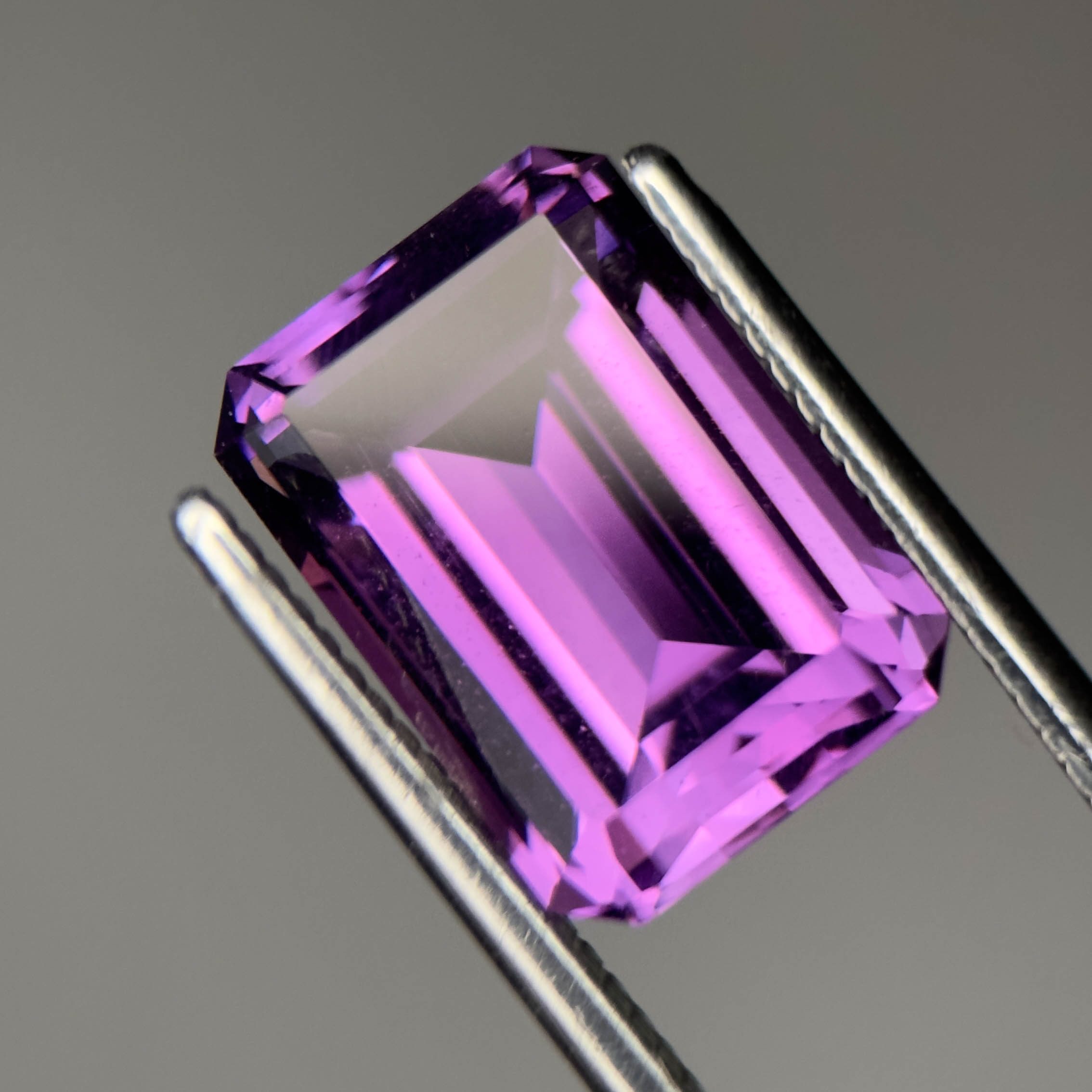

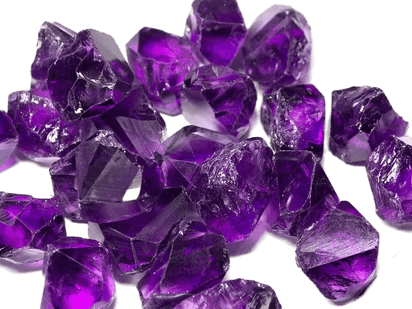
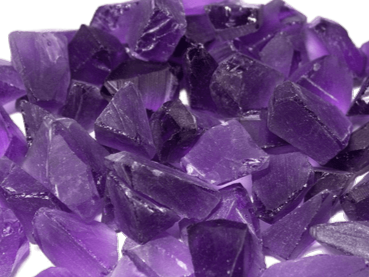

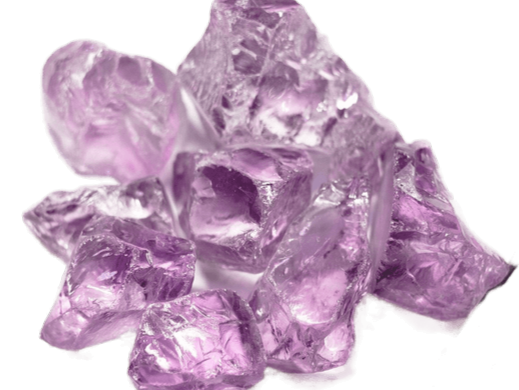
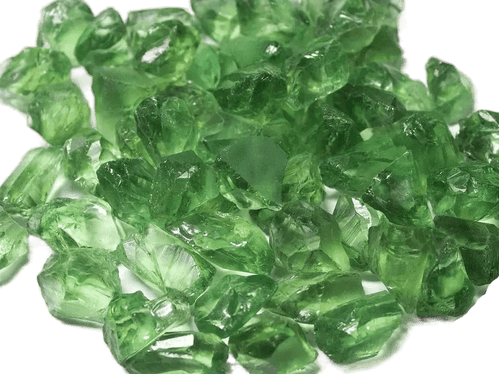
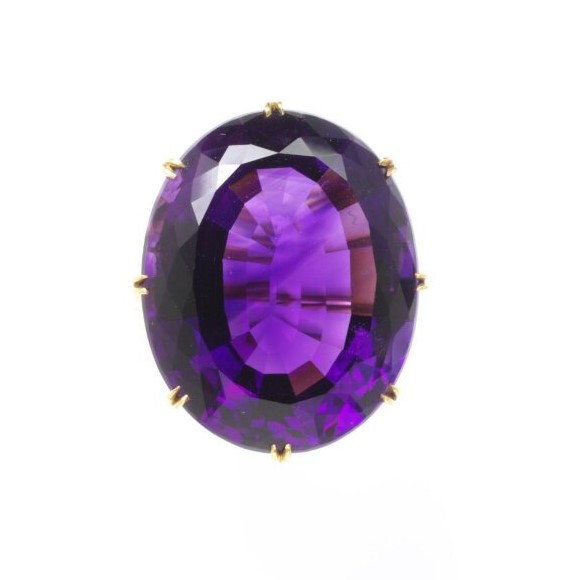

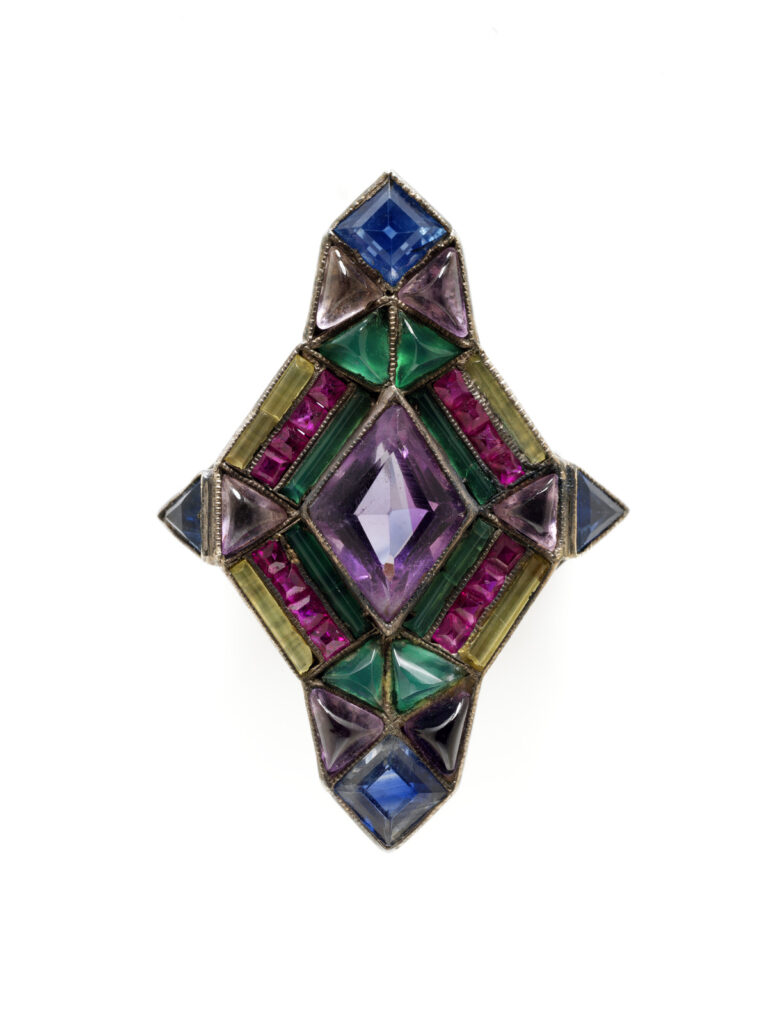
Hi there to every one, it’s actually a pleasant for me to visit this website, it includes valuable
Information.
Pessoal, vi que a betmgm ontario também tá rolando forte no Canadá. Isso me deixa mais tranquilo, saber que é uma empresa global. Sinal de que é confiável, né?